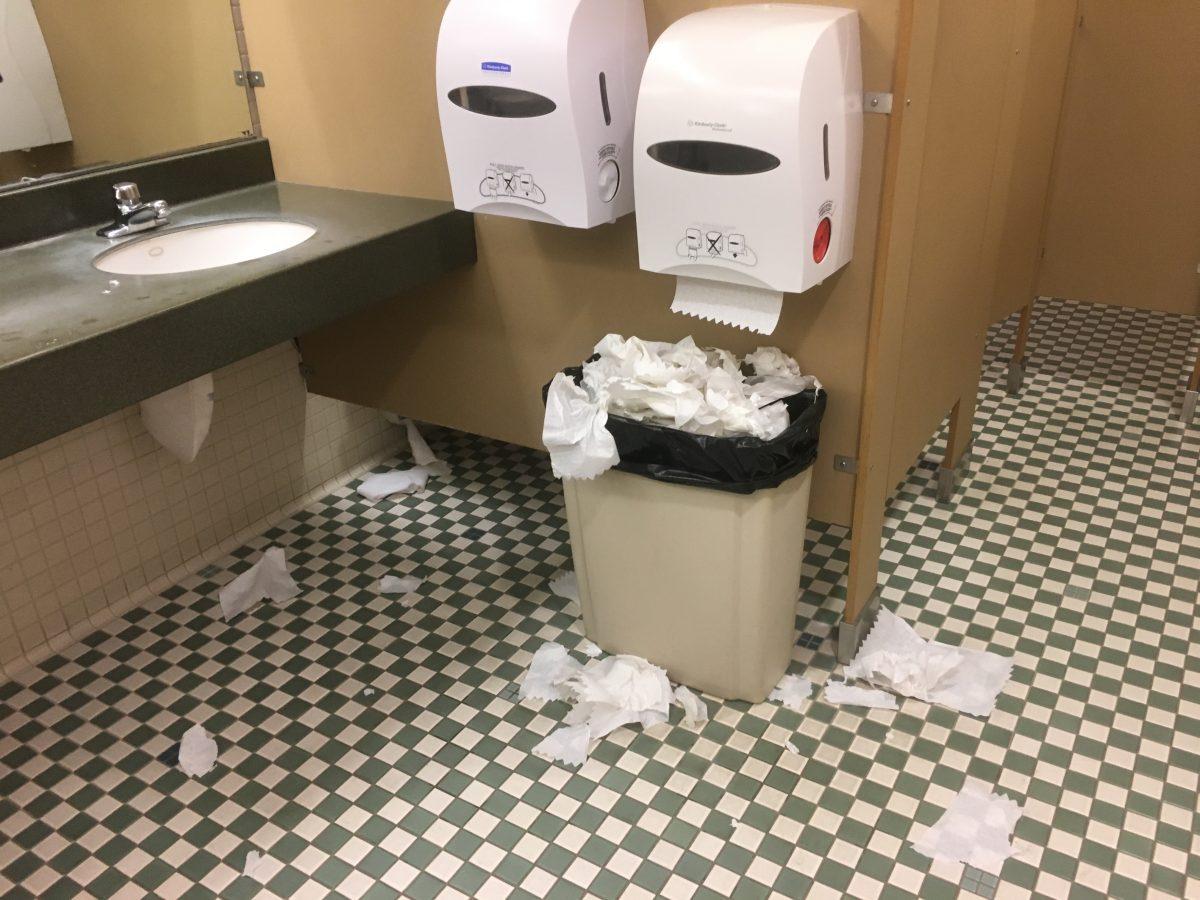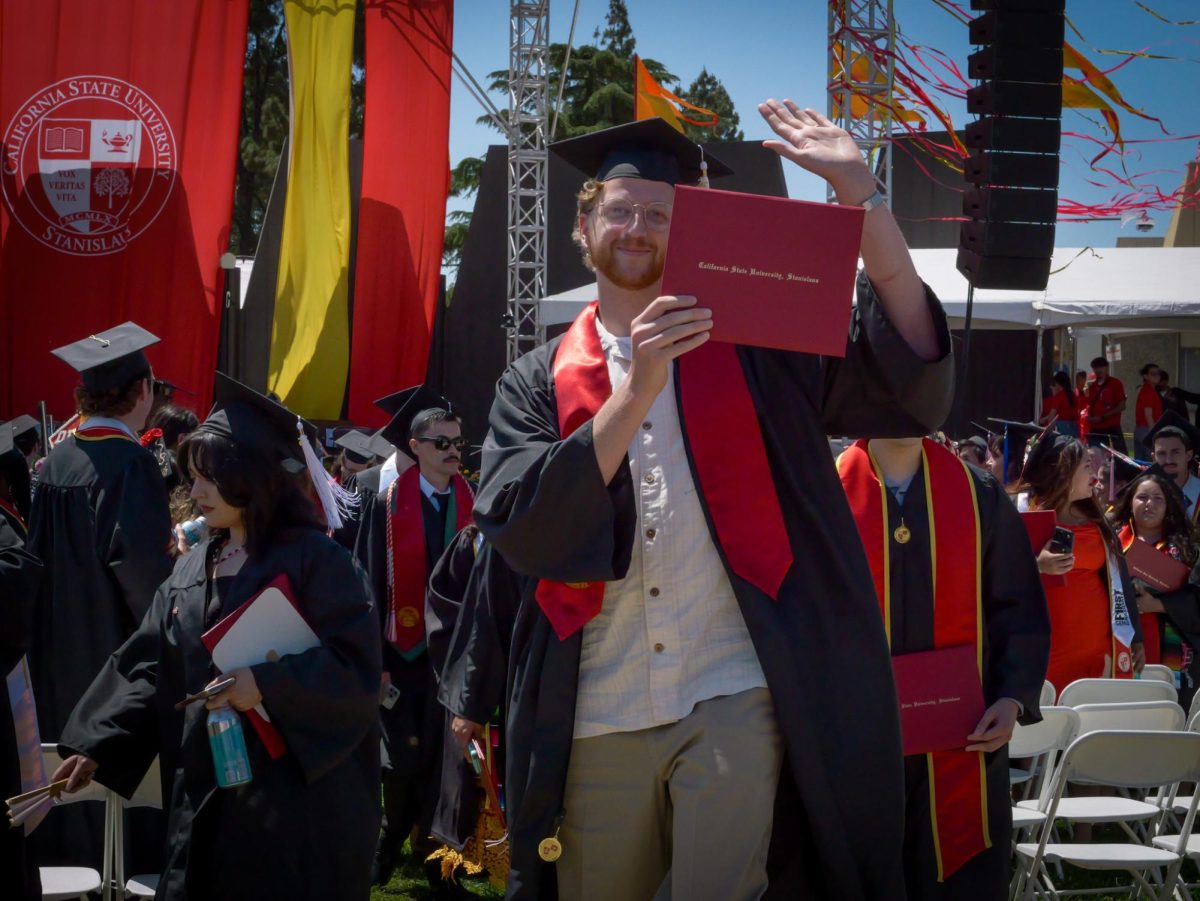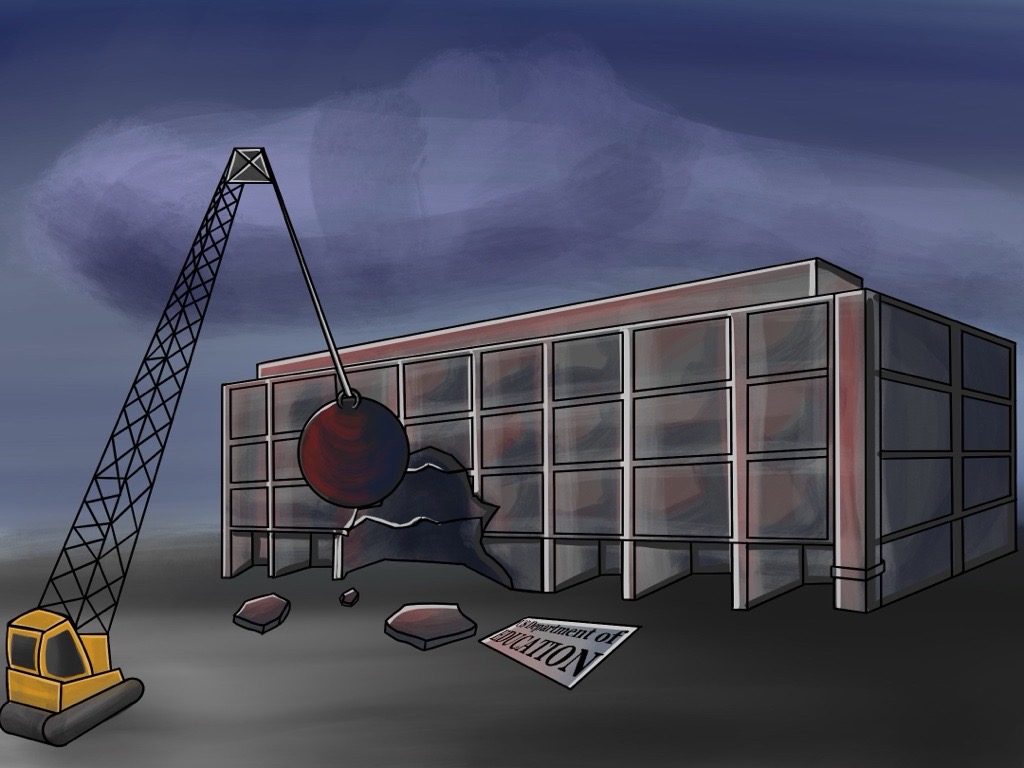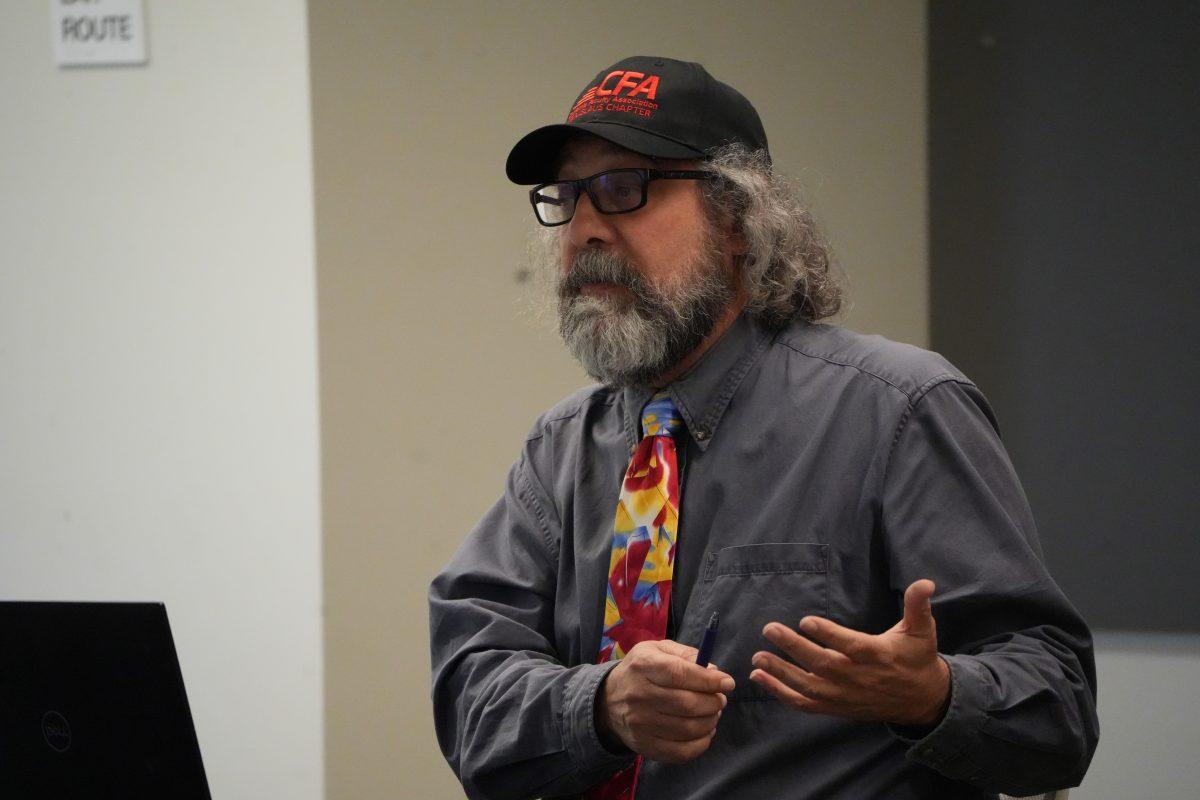California State University Stanislaus’, (Stan State’s), custodial staff are a unique group of individuals that take the time and effort to keep the public safe and feeling welcomed through the staff’s dedication to the university.
According to Stan State Custodial Supervisor Jose Talamantes, the college’s custodial staff differs from other university’s custodial services in that they go the extra mile to keep Stan State looking its best and keeping students safe.
“Most schools just dedicate time to maintain, which is vacuuming, garbage, you know somewhat of an appearance. We take it a step further,” Talamantes said. “We are caretakers of the resources at the university; we take their money very seriously.”
The custodial supervisor said that he tasks his employees with cleaning the carpets and floors in such a way that “adds a shine and a gleam to it.” They also wipe down surfaces on the exterior and interior of Stan State’s buildings.
“Sometimes students may be bored, and they might write on our walls, but we take care of that as well. We don’t just maintain, we try to take it a step further, which is to demonstrate that we take pride and we’re caretakers of the money that students invest as well as the university,” Talamantes said.
Paco Francisco, lead custodian at Stan State, oversees nine other custodial employees at Demergasso-Bava Hall (DBH), Bizzini Hall and the cafeteria.
According to Francisco, just a few tasks detailed within their workload on a daily basis include “organizing daily duties, training the new custodians, supervising them and helping them when they need assistance with new tools.”
Other responsibilities that a Stan State custodial employee might be tasked with accomplishing include sanitizing and restocking restrooms as well as removing the campus’ waste, according to the custodial services’ website.
“Every day is different. Every day, we’re shorthanded,” Francisco said. “As a lead, I have to assign or change the route of custodians. And then, I have to fill in for one, two or three.”
Talamantes said that Stan State employs 20 full time custodians along with three temporary custodians that serve as backups when fulltime staffers are sick, injured or out on vacation to care for the entire university.
In an interview last April, Talamantes remarked that working with so few staff members does pose challenges at times when problem areas such as restrooms in Stan State’s library need to be serviced multiple times a day.
Stan State student Ross Valenzuela (Music Education/Jazz Studies), said that most of the bathrooms he has observed within the Music Department are “almost always pretty good.”
“It’s a lot cleaner than a lot of bathrooms I have seen, especially the public ones,” Valenzuela said.
He remarked that the notion of trash lying around campus seemed “more of a high school thing,” and not something that Stan State tends to struggle with.
Without Stan State’s custodial staff, Talamantes said that he could not guarantee the safety of faculty and students who attend the campus.
A classroom may go through fourteen hours of activity that custodians transform back to its original state for students and professors to work in the next day. To Talamantes, it’s a form of art.
“We take the time to disinfect the desktops every day; we spray them and wipe them. We use very good chemicals in our restrooms to disinfect to avoid staph infection or any type of disease that could live on it,” Talamantes said.
Unlike most universities, Stan State does not hire outside agencies to do cleaning, which, according to Talamantes, makes Stan State’s custodians more invested in the work they do specifically for their campus.
“Even if it’s the minimum that’s expected, we go above and beyond that because we’re invested in it,” Talamantes said. “None of my employees are the type that just come in and do eight hours of work, they’re here because they enjoy their job, they like the environment, they enjoy working with students, and they like the outcome, which is that we’ve successfully maintained a university clean and safe throughout an academic year.”








